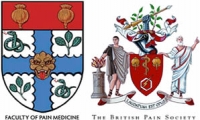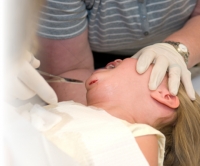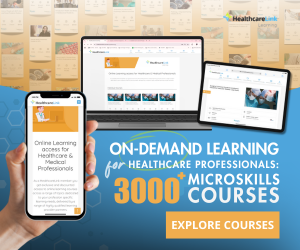Pain in Children is Different course



This session describes the incidence, causes and effects of pain in infants, children and young people and the basic physiological mechanisms operating in both acute and chronic pain.
Learning Objectives
By the end of this session you will be able to:
- List the incidence, causes and effects of acute pain in children
- List the incidence, clinical presentations and effects of chronic pain in children
- Describe basic nociceptive mechanisms and the influence of child development
- List the differences between inflammatory and neuropathic pain
- Describe the physiological basis for chronically maintained pain
Children's pain is often poorly managed, both in hospital settings and in the community, leading to unnecessary suffering and short-term and long-term complications.

Suellen held paediatric anaesthesia consultant posts in Australia, obtained a Masters in Pain Medicine and was a Foundation Diplomate of the Faculty of Pain Medicine, Australian and New Zealand College of Anaesthetists in 1999. She subsequently completed an MSc and PhD in developmental neurobiology of pain in London.
Her current research interests include developmental analgesic efficacy and safety and long-term effects of pain in early life.
Suellen has contributed to evidence-based acute pain guidelines, is an Editor of the Oxford Textbook of Paediatric Pain, and is a content author on the e-PAIN project.


Richard is involved in clinical pain management, clinical and laboratory research, and has lectured and published extensively on the subject of pain mechanisms and management.
He is the Clinical Lead of the children’s Pain Management Service at Great Ormond Street. He is a founder member of the UCL Paediatric Pain Research Centre; a collaboration between clinicians and scientists, an Examiner for the UK Fellowship of the Faculty of Pain Medicine and Chair of the Medicines for Children Research Network (MCRN) Pain & Palliative Care Clinical Studies Group.
Richard is a module editor and content author of sessions of the e-PAIN project.
- Wound Care Education for the Health and Care Workf...
- Posted By eIntegrity Healthcare e-Learning
- Posted Date: 2025-02-21
- Location:Online
- This session builds on the Essentials of the Foot at Risk session to enable Tier 2 level knowledge and skills set out in The National Wound Care Core Capabilities Framework for England. It will introduce you to the 'at-risk foot' and explain how to asse
- Wound Care Education for the Health and Care Workf...
- Posted By eIntegrity Healthcare e-Learning
- Posted Date: 2025-02-21
- Location:Online
- This session aims to educate learners about how to use the Pressure Ulcer Risk Primary or Secondary Evaluation Tool (PURPOSE-T) (© Clinical Trials Research Unit, University of Leeds and Leeds Teaching Hospitals, NHS Trust, 2017) to carry out a pressure
- Wound Care Education for the Health and Care Workf...
- Posted By eIntegrity Healthcare e-Learning
- Posted Date: 2025-02-21
- Location:Online
- This session discusses the impact of nutrition and lifestyle behaviours on wound healing. It highlights common risk factors to healing and their influence on the intricate world of improving skin healing prospects whilst encouraging constructive patient c
- Wound Care Education for the Health and Care Workf...
- Posted By eIntegrity Healthcare e-Learning
- Posted Date: 2025-02-21
- Location:Online
- This session discusses the importance of comprehensive wound assessment. This session will be of benefit to health and care workers, practitioners and carers across any care setting.
- Wound Care Education for the Health and Care Workf...
- Posted By eIntegrity Healthcare e-Learning
- Posted Date: 2025-02-21
- Location:Online
- This session will introduce you to the foot, how to do a foot check and maintain foot hygiene and what to do if you identify any problems or changes. It will help you to build the skills needed to reduce the risk of a person developing foot problems.







